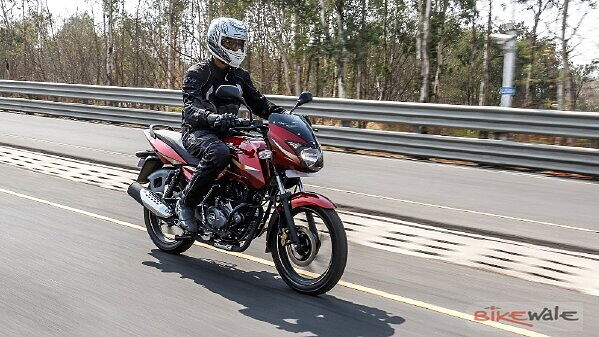
The Bajaj Pulsar 150 has always been one of the highest selling 150cc commuter motorcycles in the country. For 2017, the company has introduced a slew of technological changes along with new paint schemes to give it a fresh lease of life. Here are the five changes in the 2017 Bajaj Pulsar 150 -
BS IV compliance
With BS IV norms coming into force from April 2017, Bajaj has updated the Pulsar 150 to put a leash on the emissions. A new CDI has five maps in place of the previous model’s two maps, a new EVAP system recirculates fuel vapours back into the tank while a secondary air intake system reduces harmful substance emissions during cold starts. The redesigned exhaust end can also gets a bigger catalytic converter.
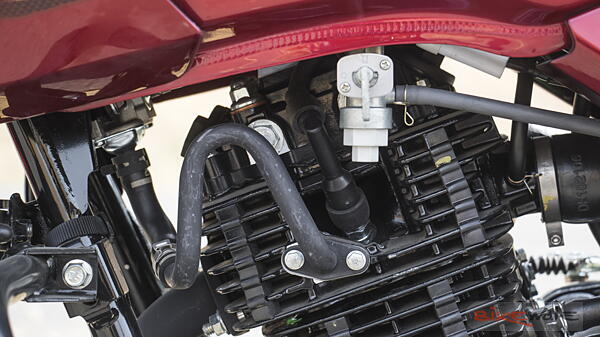
Revised engine
With the new 2017 Pulsar 150, Bajaj went a step further to revise the engine and tune it for a more commuter-friendly character. The 149cc single-cylinder engine gets a longer stroke and reduced bore size to improve low-end torque. The output has also changed. The engine delivers 14bhp and 13.4Nm of torque, which is 1bhp less and 1Nm more than the outgoing model.
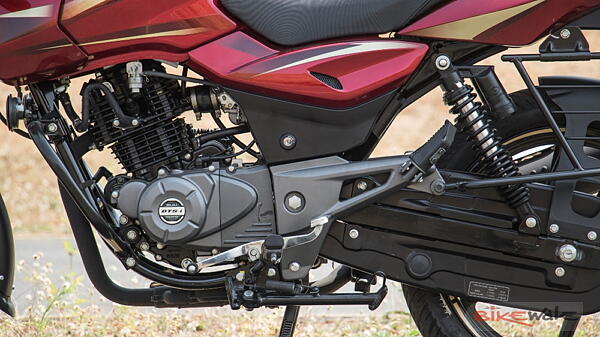
Revised instrumentation
While there has been no change in the layout or functionality of the instrumentation, the new Pulsar 150 gets a blue-backlit display. The faux carbon fibre panel around the clocks also give it a fancier look than before.
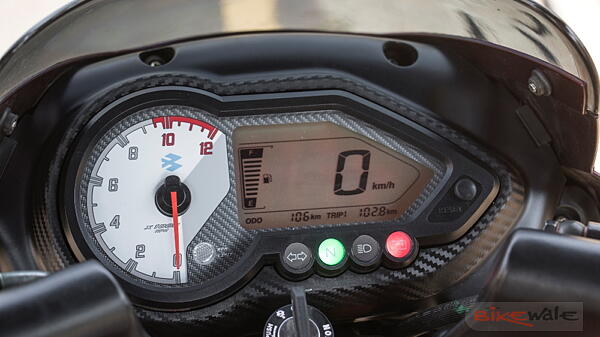
Auto headlamp on
Complying with the upcoming government norms, the new Pulsar 150 gets auto headlamp on feature. As such, the right side switchgear misses out on a headlamp on/off switch.

New paint schemes
The 2017 Pulsar 150 has also been updated with new paint schemes, racy decals and rim tapes. The engine crank case also gets a matte grey treatment. It is now offered in blue, black and red paint schemes.





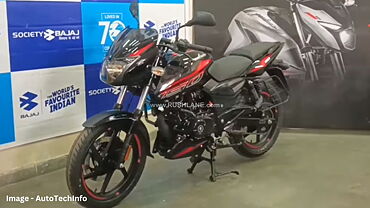
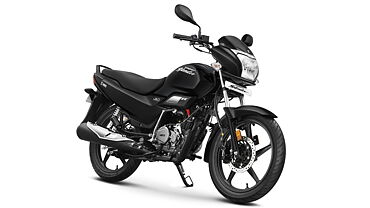
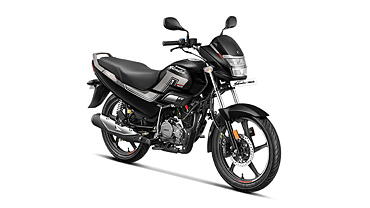
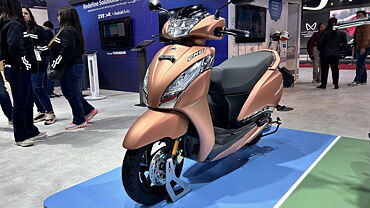

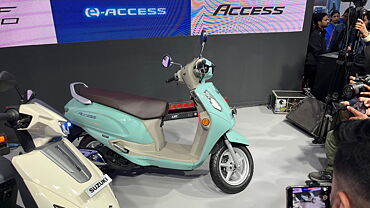



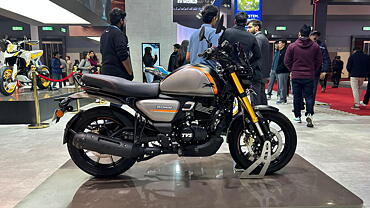
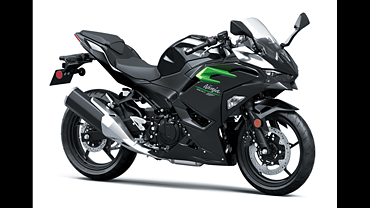

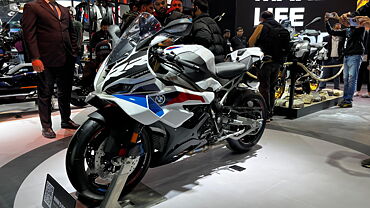




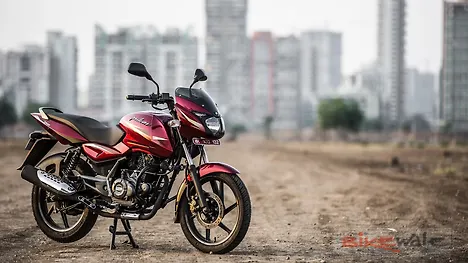
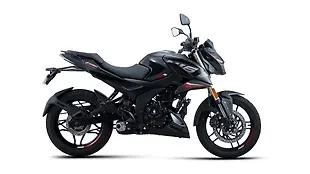
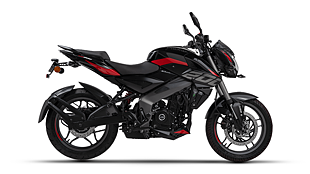






![KTM 390 Adventure X [2025] KTM 390 Adventure X [2025]](https://imgd.aeplcdn.com/272x153/n/cw/ec/190885/390-adventure-x-2025-right-side-view.jpeg?isig=0&q=80)